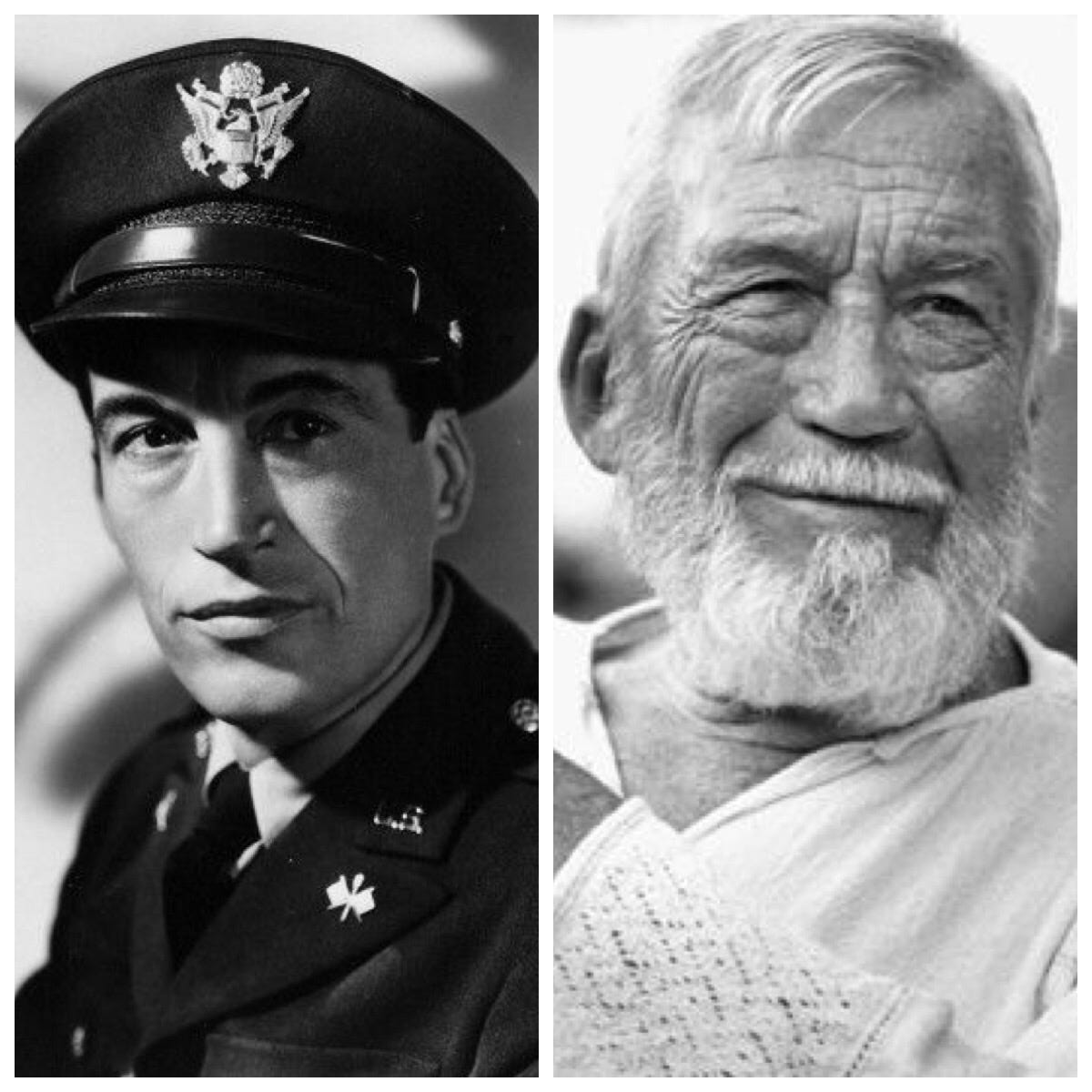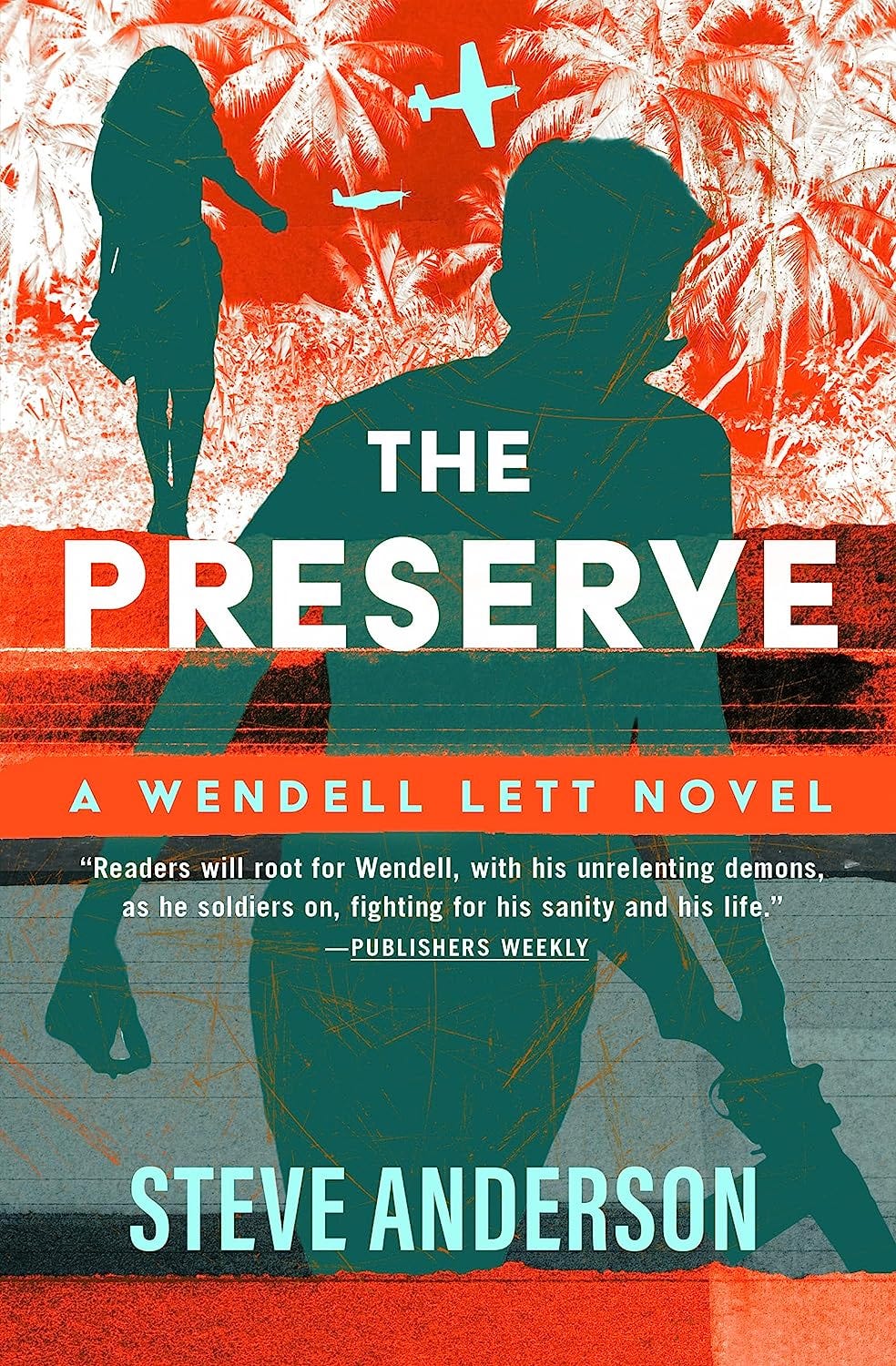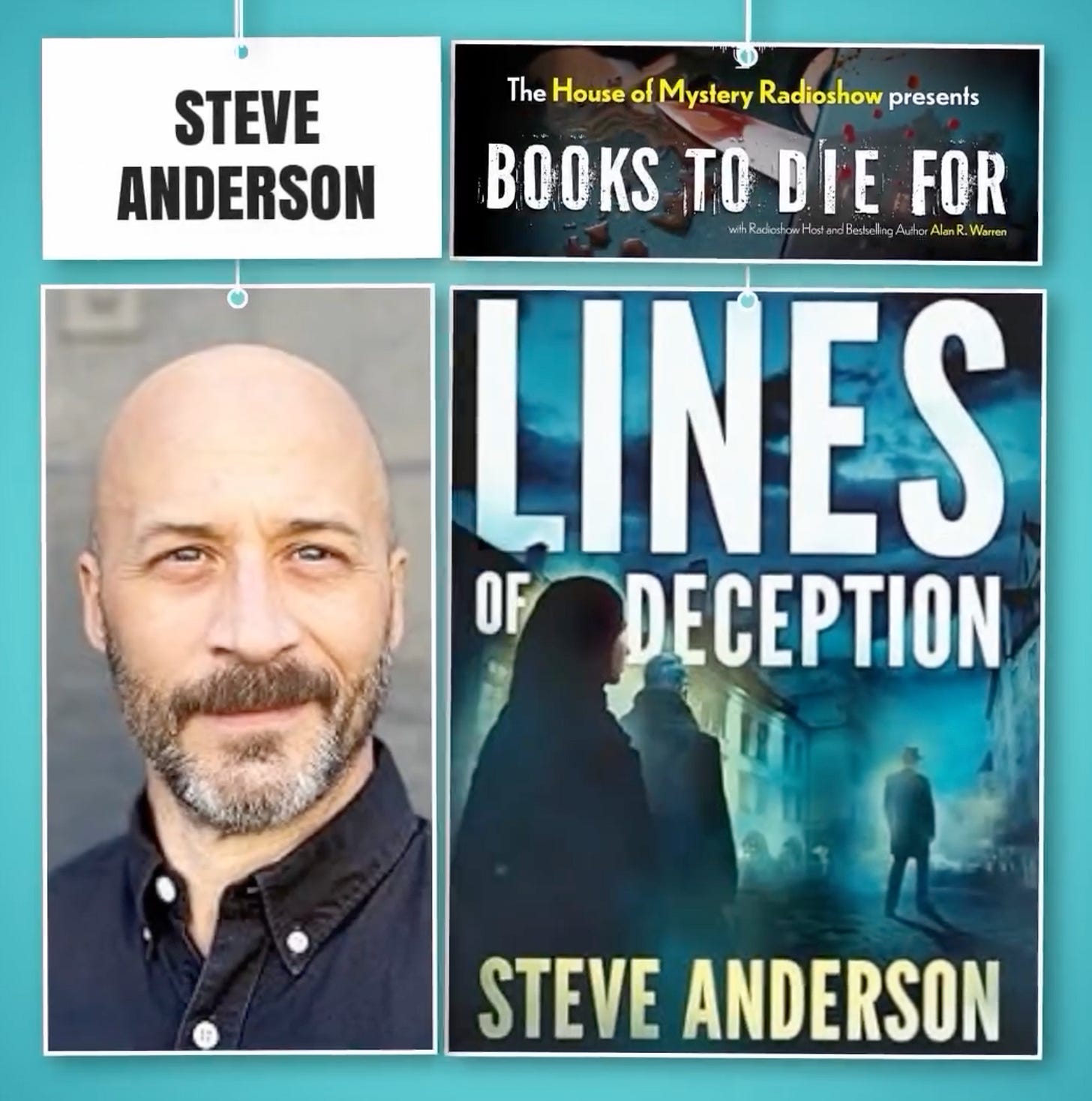The buried truth about WW2 combat vets
About the banned postwar documentary Let There Be Light, plus a big book giveaway
My previous post talked about how Bill Mauldin’s Willie and Joe cartoons captured the hearts of WWII America by showing regular “dogfaces” serving on the front lines.
Mauldin didn’t shy away from revealing the psychological toll of front-line combat either.
But when they got the job done, and the war ended, Willie and Joe and dogfaces like them quickly lost relevance. All was supposed to be well. Wives and kids and cream sodas and the GI Bill awaited back home. That was the dream.
Unless any loud sound made you jump. Unless you woke up in the night screaming from artillery shredding trees into giant splinters or dead Joes staring back at you.
Enter legendary director John Huston and his 1946 documentary Let There Be Light. Commissioned by the US Army, the film broke bold new ground by showing real-life soldiers grappling with the invisible wounds of war as they returned home to a veterans hospital.
Let There Be Light was supposed to educate the public about trauma and stress disorders as well as their treatment. It showed veterans suffering from severe PTSD, often called “combat fatigue” at the time.
As with the Willie and Joe cartoons, the film could’ve helped soldiers returning home as well as civilians who had no idea what they were going through. But it was too grim of a reality show, and its unscripted presentation of mental disability gave officials cold feet.
The US government censored Let There Be Light and suppressed it, with the dubious claim that the document invaded the privacy of the soldiers described — even though many were shown to be recovering. All the prints were confiscated. No one saw it.
Huston argued that the military banned his film because they wanted to preserve a “warrior” myth — that American soldiers had returned from war even stronger. That they were pure heroes whose spirits remained unbroken despite the casualties and trauma.
US authorities finally released Let There Be Light in the 1980s, thanks to efforts by the Secretary of the Army, Clifford Alexander, Jr. The 1981 Cannes Film Festival screened it. But the print was poor, with a garbled soundtrack that made it almost impossible to understand the soldiers' whispers and mumbles in some scenes.
By then it was far too late. This sanitization of the trauma experienced by soldiers had consequences, as the public was shielded from the toll exacted on those who saw the horrors of war. With the Cold War heating up in 1950, America was soon embracing a fantasy that it could win any war, but the Korean War put cracks in that and Vietnam shattered it.
In 2010, the Library of Congress selected Let There Be Light for preservation in the United States National Film Registry. The National Film Preservation Foundation funded restoration of the print and its soundtrack, and the restored version was released in May 2012. The National Archives sells and rents copies of the film, and it’s in the public domain as a federal government work. Stream it here.
Along with Willie and Joe and other works, this documentary’s realistic portrayal of former combat GIs influenced my depiction of GI Wendell Lett in the second Lett book, The Preserve.
Saving the world as a regular GI is far easier said than done, and much harder to bear.
And it’s all the more important to remember this week, on the 80th anniversary of the D-Day invasion of Nazi-occupied France.
Book news
Recently I talked with hosts Al Warren and Joe Goldberg on the House of Mystery Radio Show on NBC. We covered a ton, including the new book coming in July — Show Game. It aired live on radio but here’s a streaming link.
I’ve joined over 45 authors in a big Booksweeps giveaway to two lucky winners. The Grand Prize winner gets an e-reader. You can also win a signed edition of Lines of Deception plus plenty of books from great authors.
The giveaway ends Wednesday, June 12. Enter here:
https://www.booksweeps.com/giveaway/fast-paced-thrillers-giveaway/
Pass it on, and good luck!
Don’t forget: If you like my books, please consider posting a review or rating. Every single positive review on Amazon, Goodreads, Barnes & Noble and other review-based sites helps us authors a ton.
That’s it for now, but look for a special edition newsletter next week. There’s lots of big news coming.










I felt like more people need to know about it, especially with the 80th anniversary of D-Day. Thanks for reading. It’s good that the doc’s now in public domain — so it’s easy to watch.
I watched the video. Very moving. I hope that one soldier was reunited with his sweetheart. Besides the various mental anguish the soldiers were suffering, what struck me most was the clear desegregation and mixing of races. The nurses and doctors were all white, as far as I could tell, but the soldiers engaged with each other freely, regardless of race. Of course, the reality could have been different when the film crew was not there and statistically speaking there must have been segregationist soldiers present. But it was heartwarming to see soldiers just accepting each other as fellow soldiers. I’m glad you shared your post.